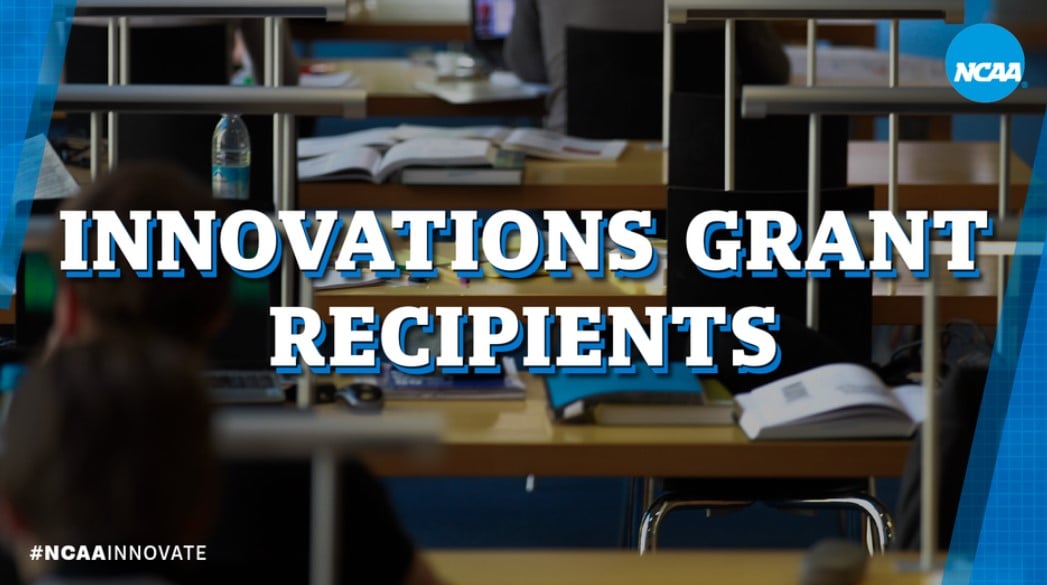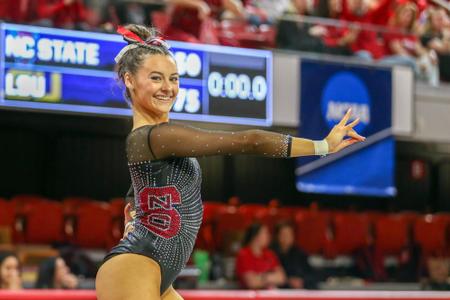New NCAA Insurance Program Aims to Support Injured Athletes Beyond College
 As everyone knows, in college sports athletes face the ever-present risk of injury.
As everyone knows, in college sports athletes face the ever-present risk of injury.
But the repercussions of these injuries often extend far beyond their time on the field, affecting students long after their college careers have ended.
 Recognizing this critical issue, the NCAA unveiled a pioneering Post-Eligibility Insurance Program at its recent convention in Phoenix, aimed at providing ongoing support to injured athletes.
Recognizing this critical issue, the NCAA unveiled a pioneering Post-Eligibility Insurance Program at its recent convention in Phoenix, aimed at providing ongoing support to injured athletes.
The program, set to launch on August 1, will extend its benefits across Division I, II, and III, offering a safety net for athletes across all NCAA-sanctioned sports.
According to the NCAA, the initiative will come with an annual premium cost of $26 million to the association, marking a significant investment in the well-being of college athletes.
Liz Schneckenburger, the newly appointed NCAA Director of Insurance, spearheaded the discussion on the new insurance plan.
The program distinguishes itself from current policies by covering athletes for two years from their date of separation from college sports—whether due to graduation, transfer, or exhaustion of eligibility—rather than from the date of injury.
"This will not replace the current plan, but will give additional coverage for athletes who have passed the two-year mark under their school’s traditional insurance policy."
With coverage extending up to $90,000 per injury, the program encompasses a wide range of medical expenses including hospital stays, surgeries, prescription drugs, and ambulance services.
A notable inclusion is the provision of up to $25,000 for mental health services stemming from athletic injuries, acknowledging the significant impact of physical injuries on athletes' mental health.
The announcement has sparked a wave of interest among university staff and administrators, eager to understand the implications for their institutions and athletes.
Questions regarding the administrative burden of the new policy, especially on Athletic Trainers in smaller Division II and III schools, were a focal point of the panel discussion.
Schneckenburger acknowledged the need for ongoing dialogue to ensure that the program does not overextend already stretched resources.
Dave Tomchek, program manager at A-G Administrators, highlighted the need for clearer administration guidelines:
"I think, looking at the administration of the policy, there’s a lot of questions that need to be answered."
Tomchek, an experienced AT who spent decades in the field before joining A-G Administrators, emphasized the need for improved documentation practices in today's world.
He stated that during his time as an Athletic Trainer, record-keeping methods were severely inadequate.
This underscores the importance of enhancing the medical record systems across the NCAA to ensure accurate and comprehensive documentation.
![HR Logo [Recovered]_Full Color Vertical-1](https://blog.healthyroster.com/hs-fs/hubfs/HR%20Logo%20%5BRecovered%5D_Full%20Color%20Vertical-1.png?width=199&height=178&name=HR%20Logo%20%5BRecovered%5D_Full%20Color%20Vertical-1.png)
 By
By


